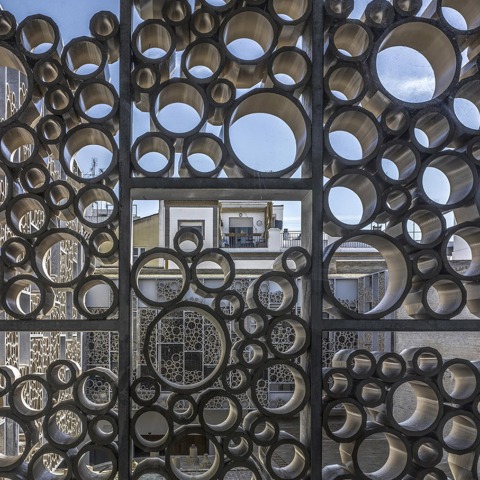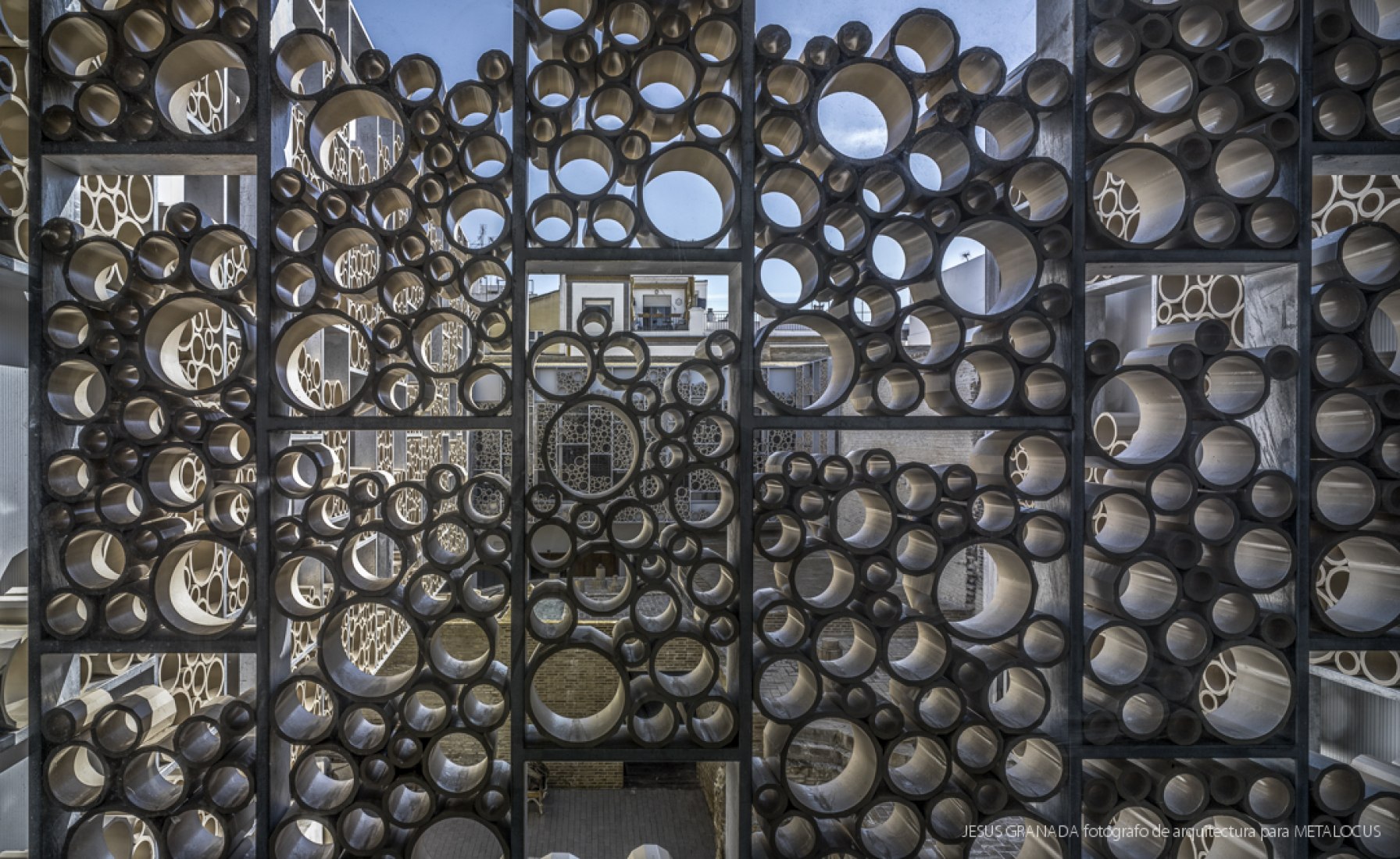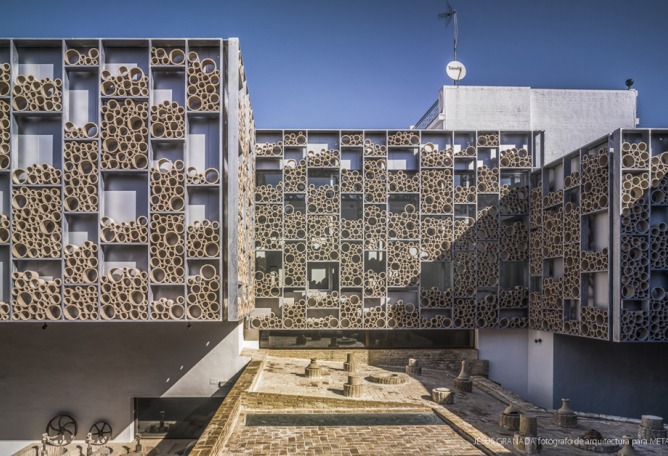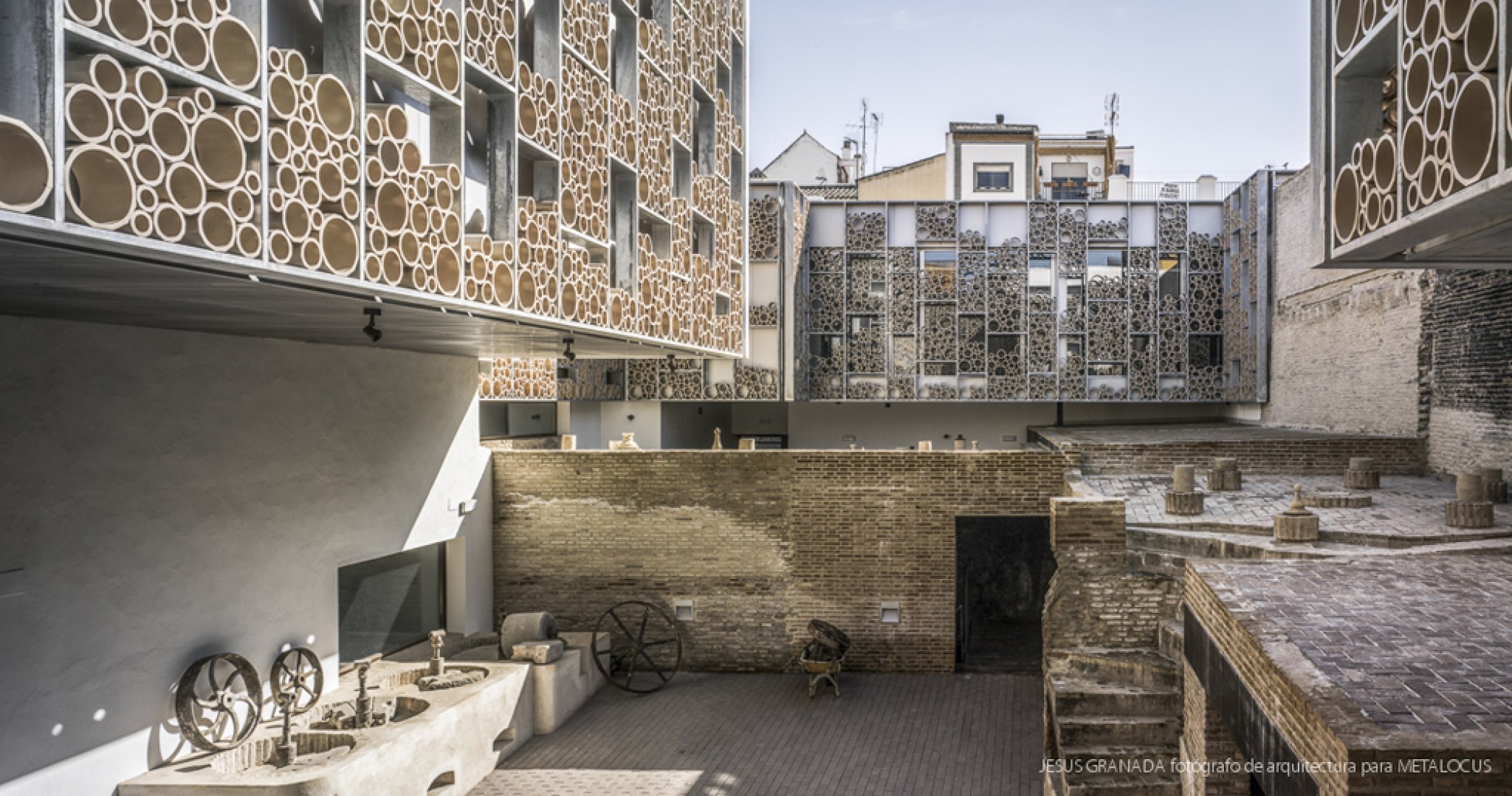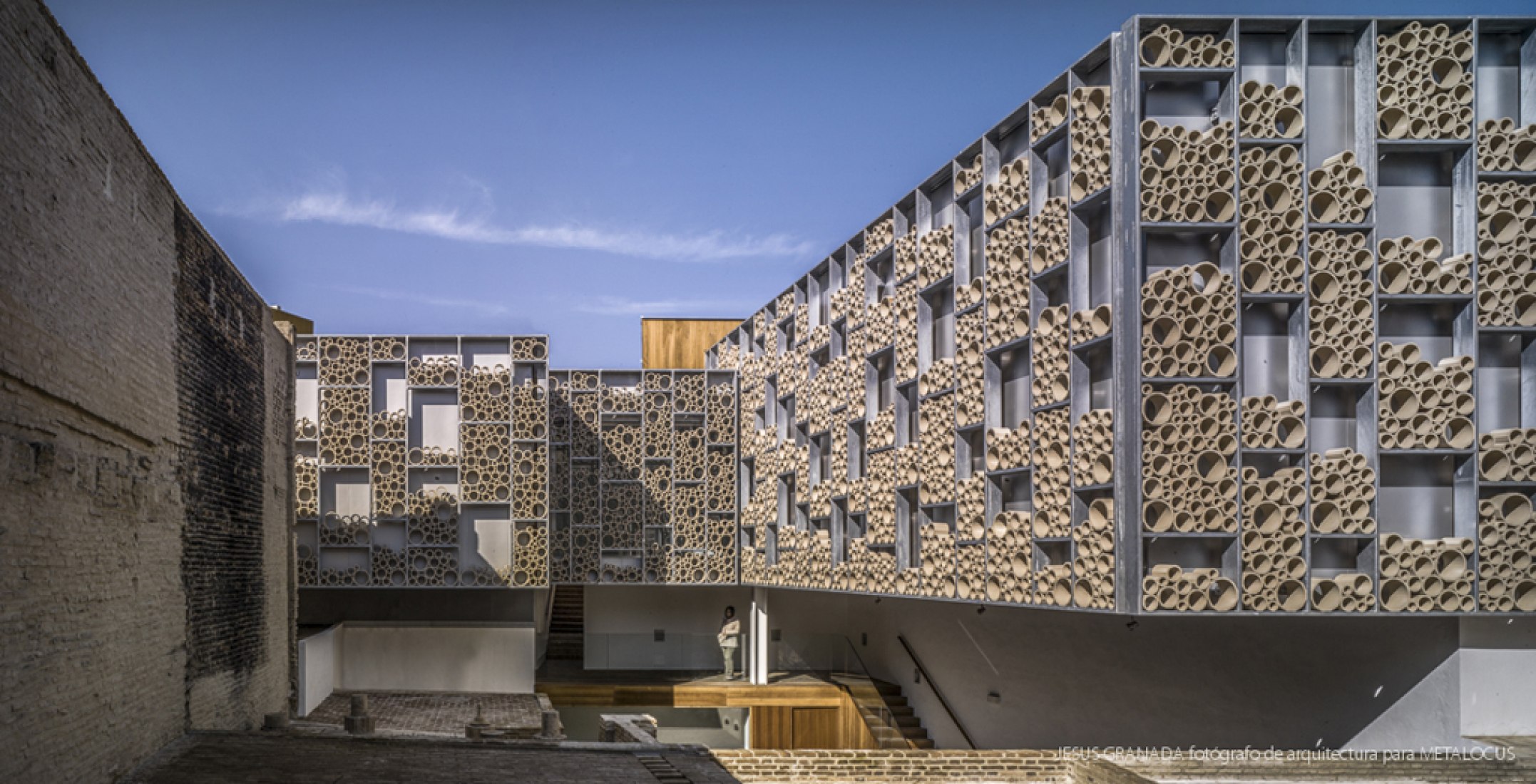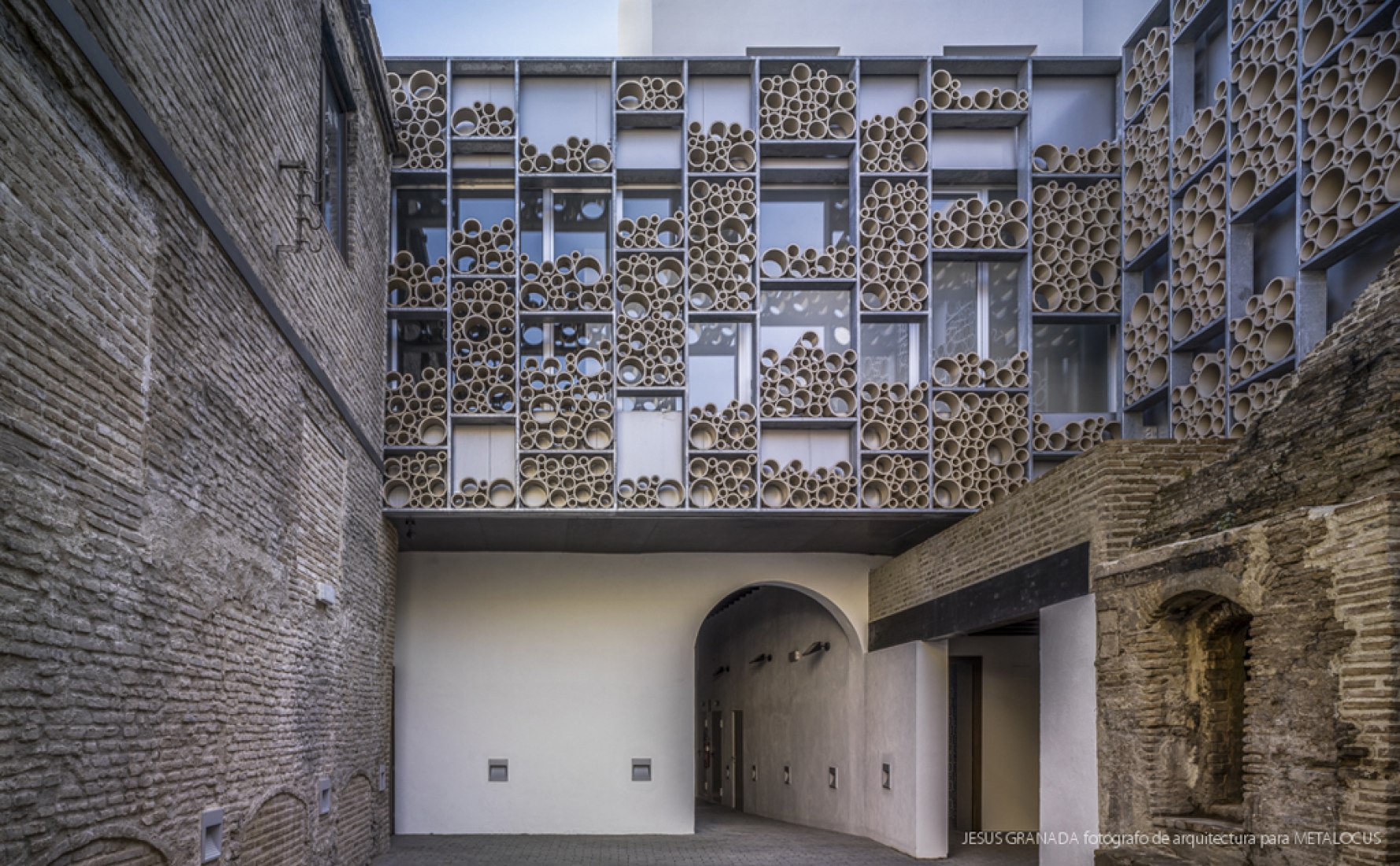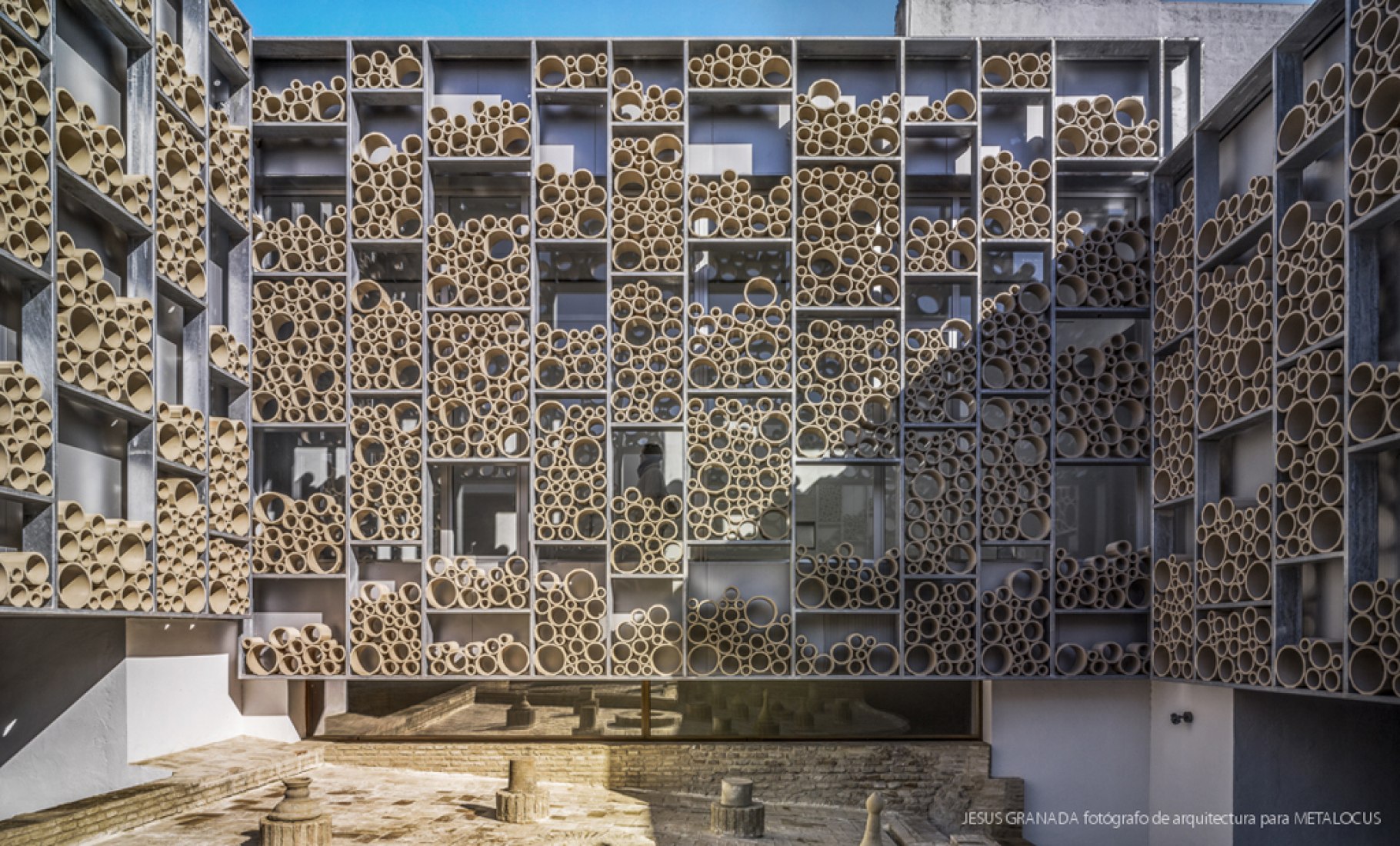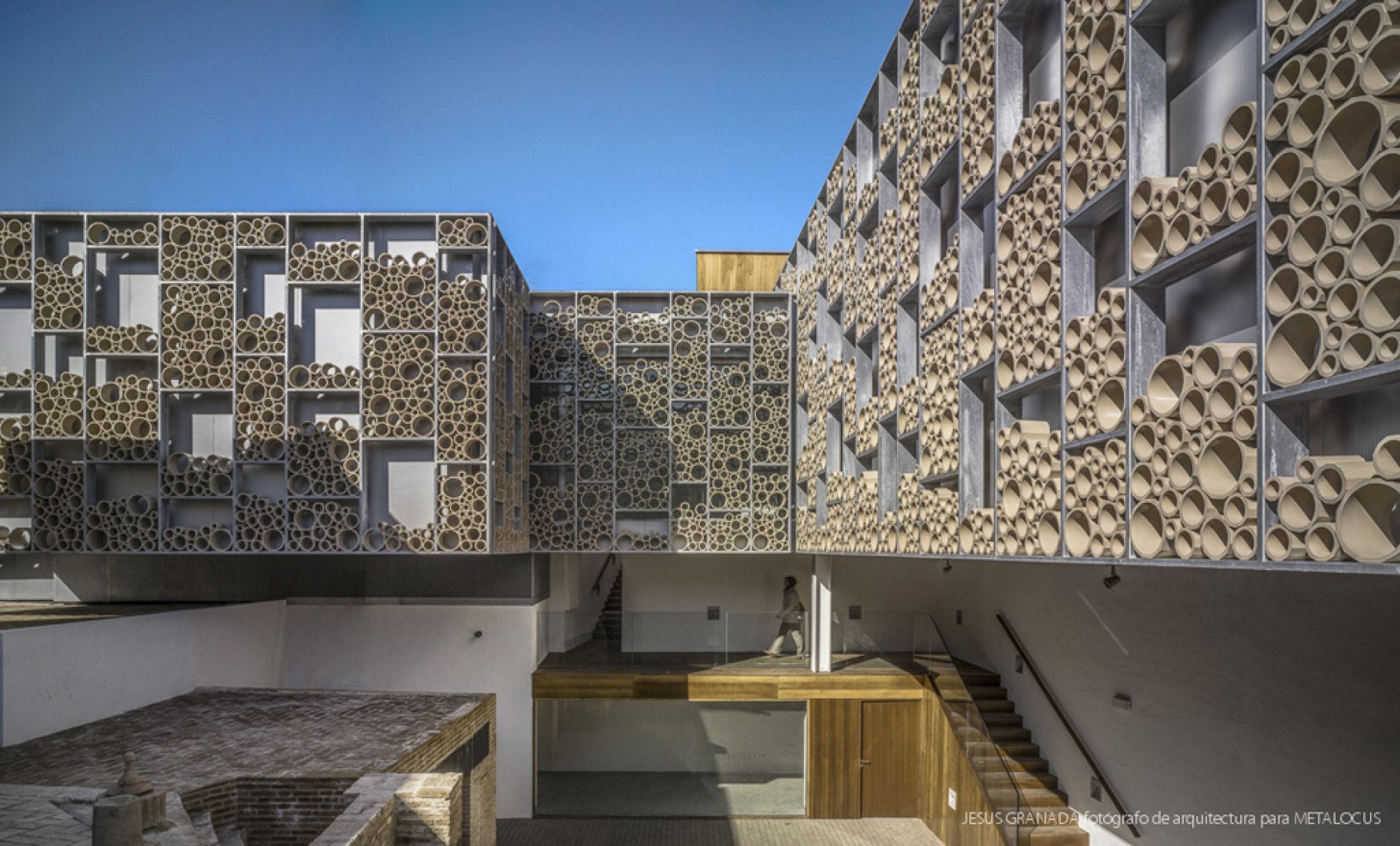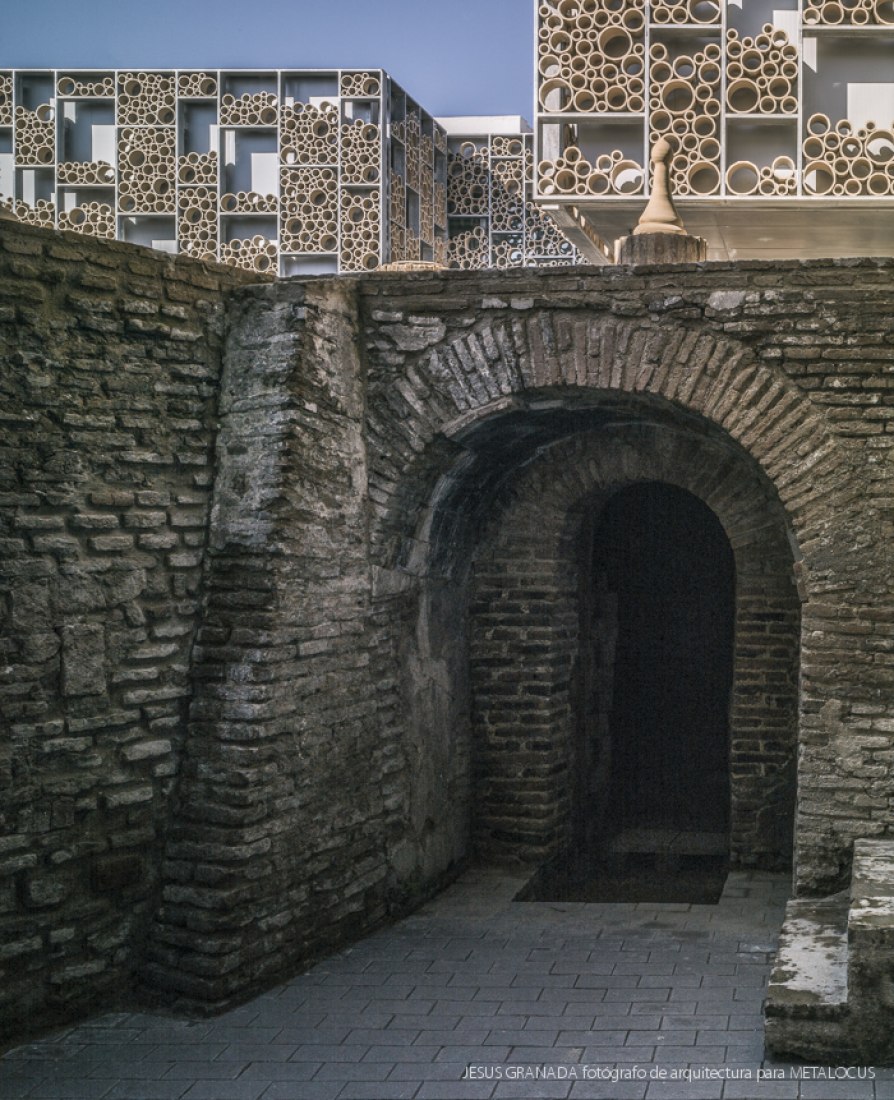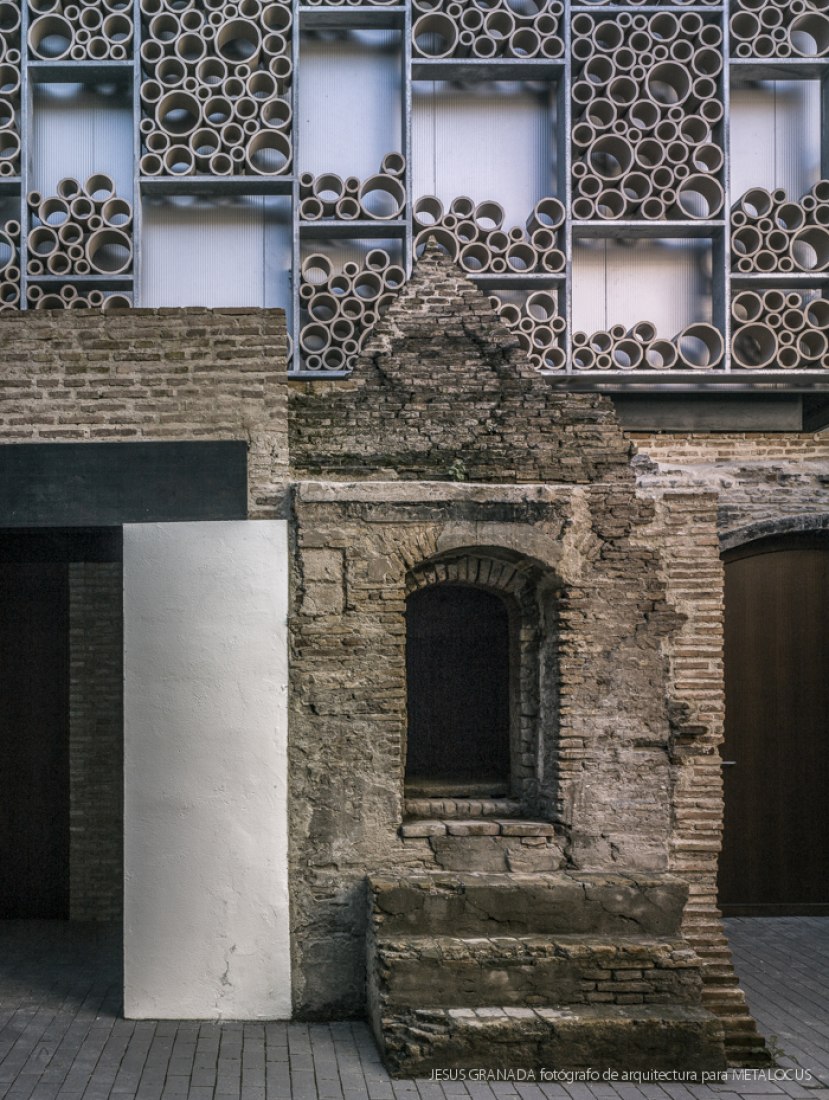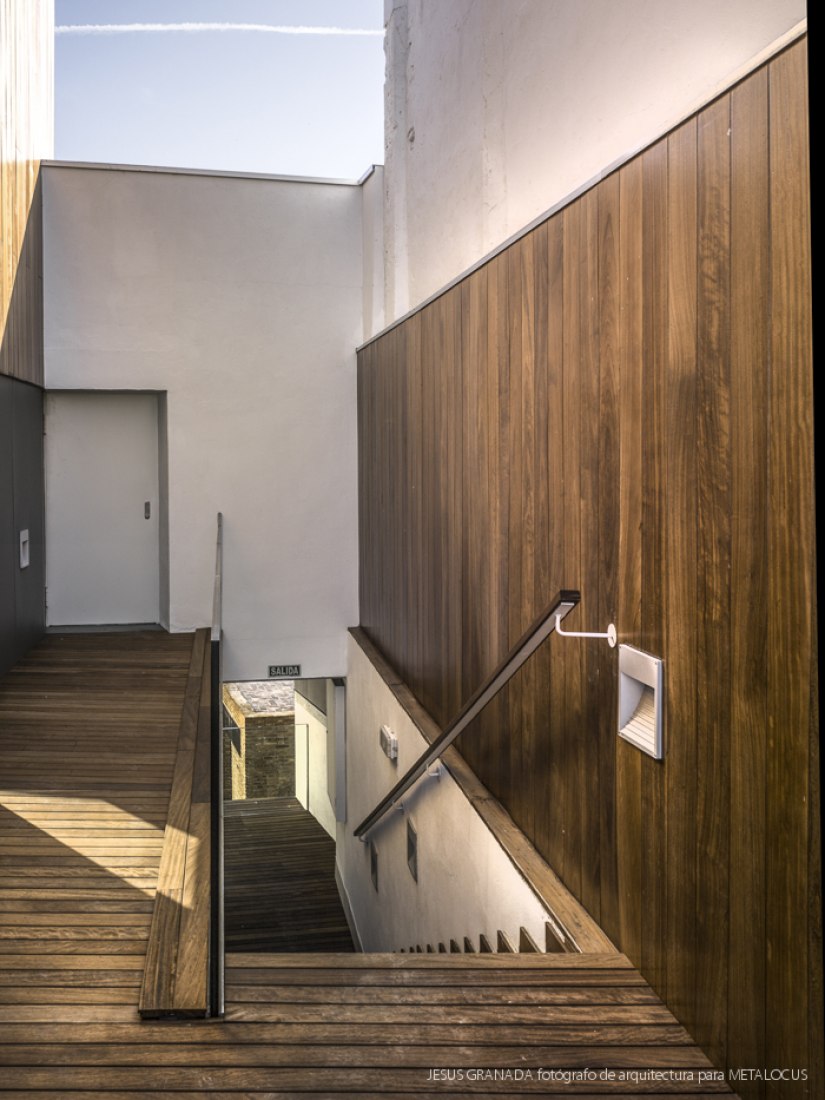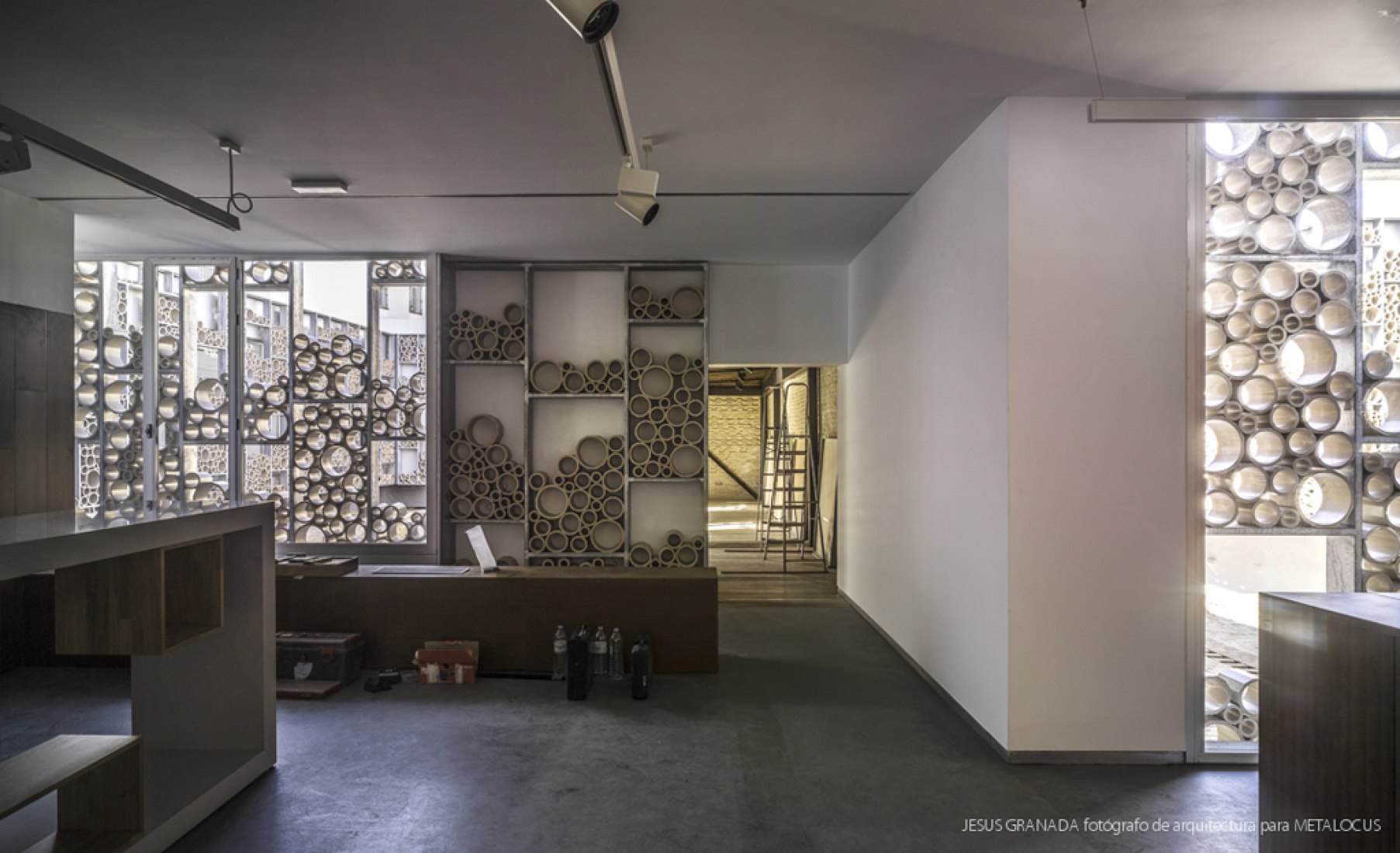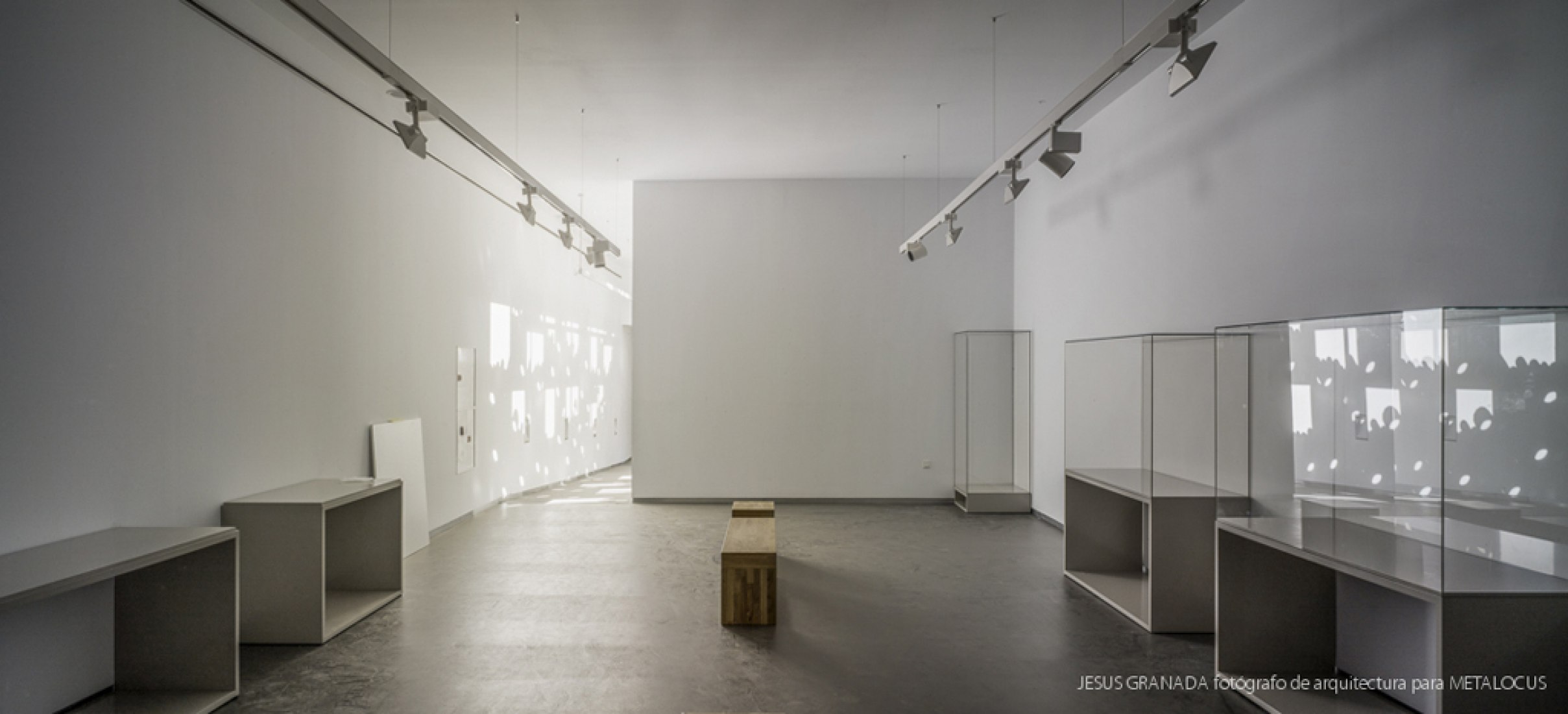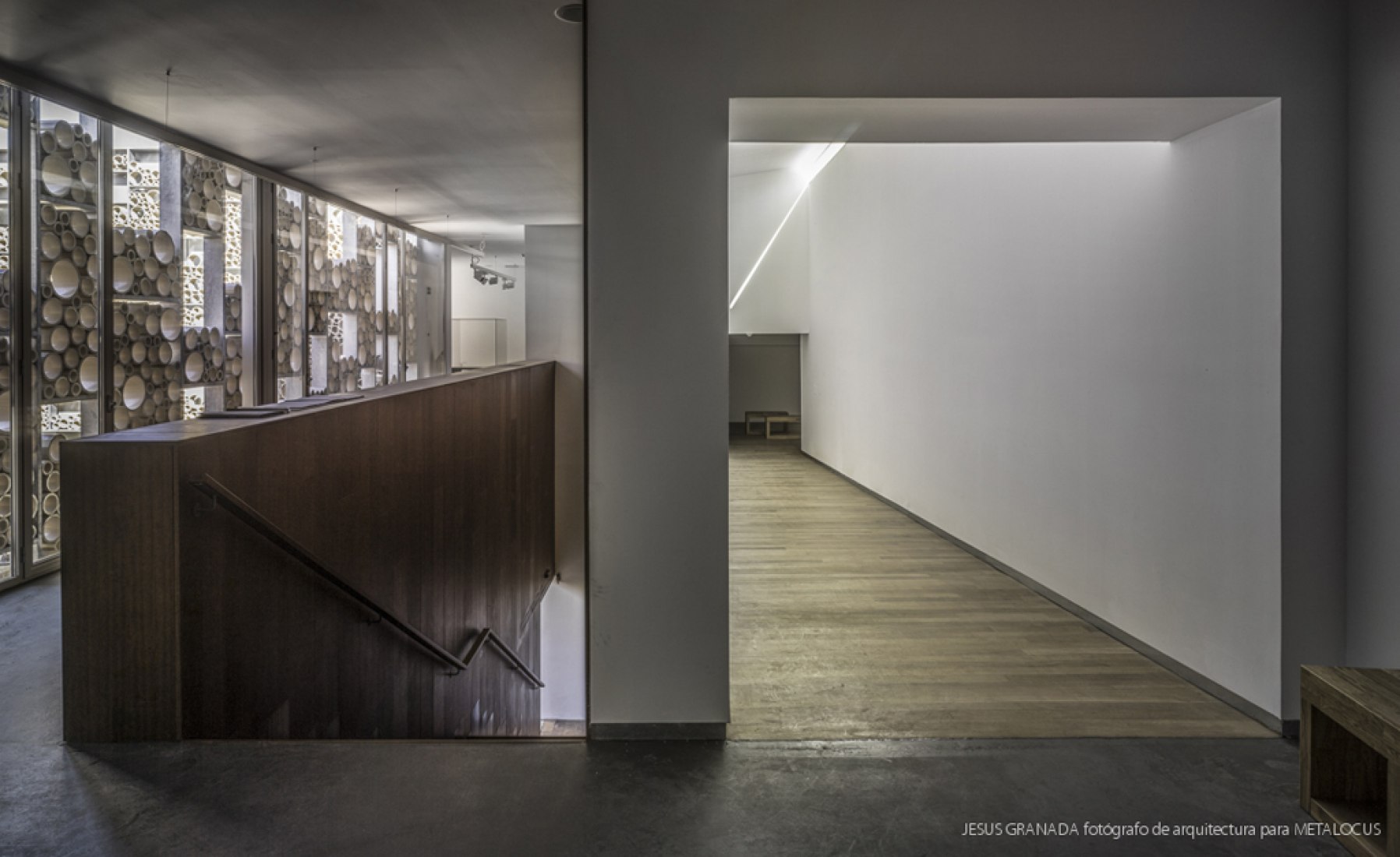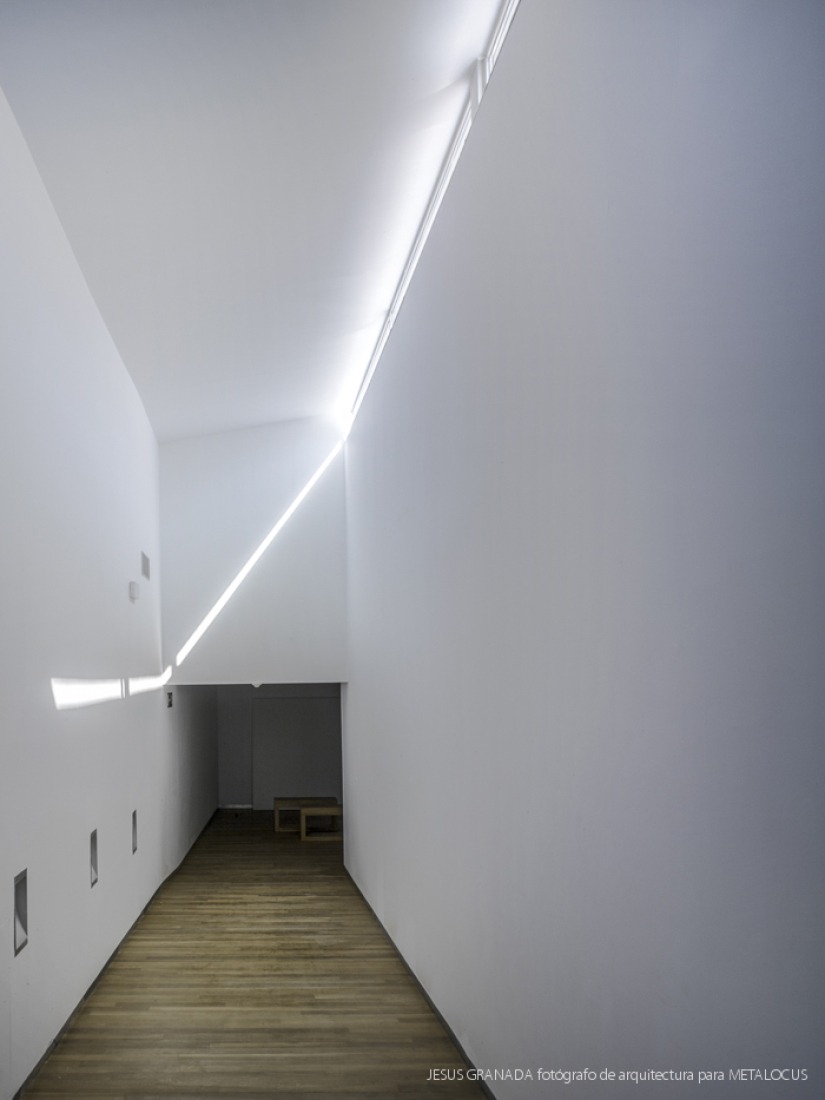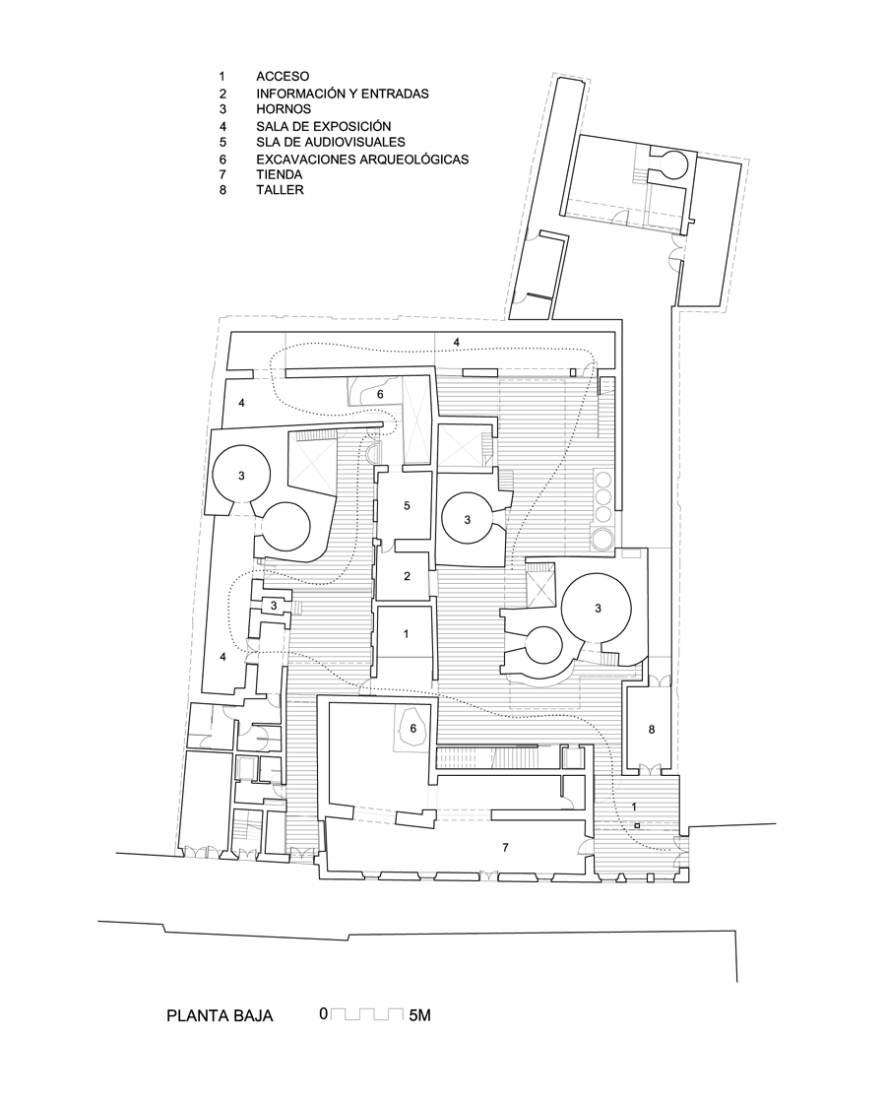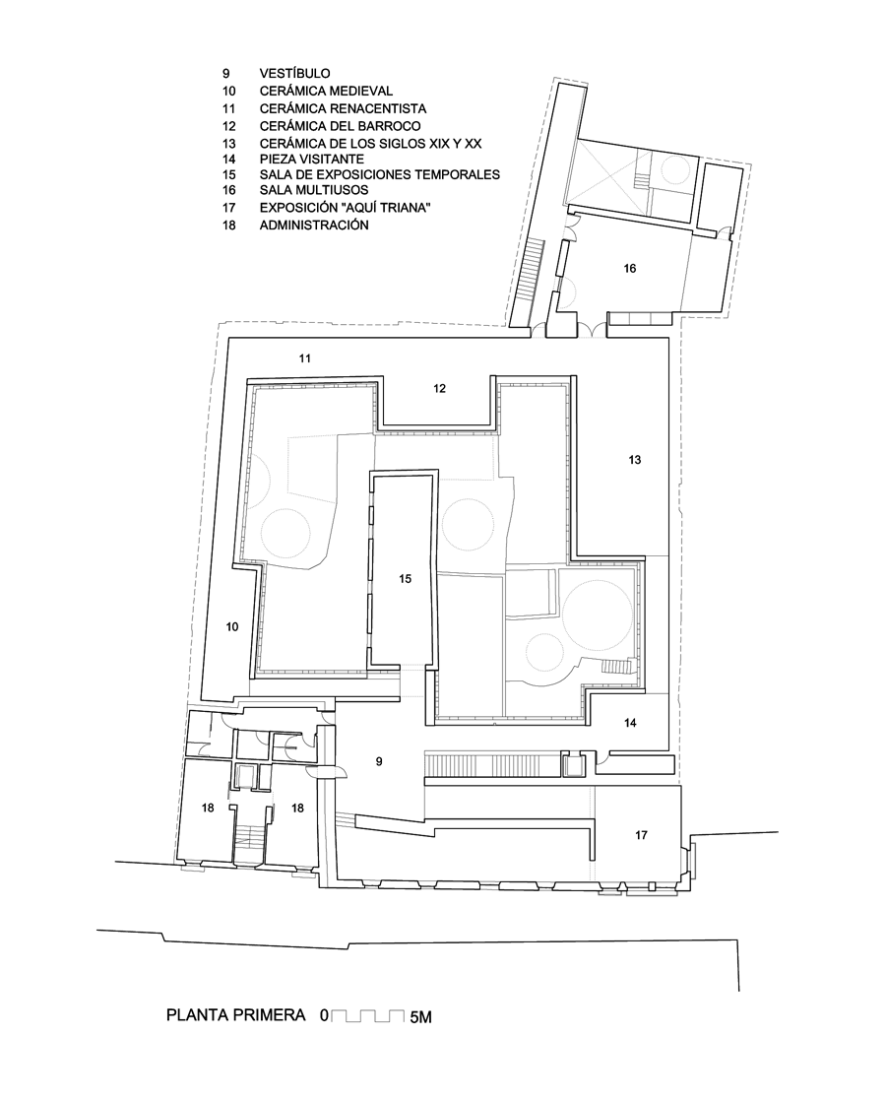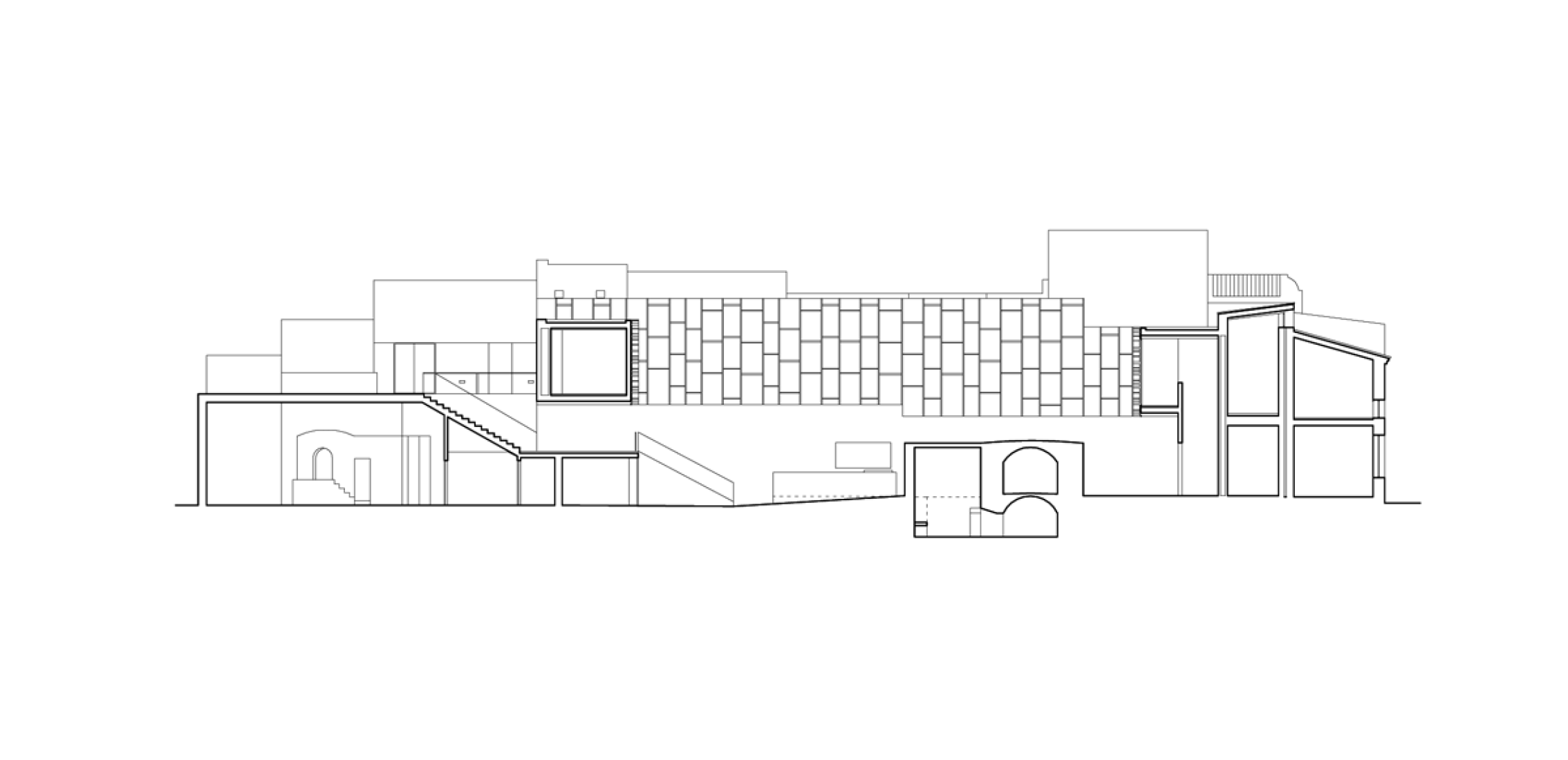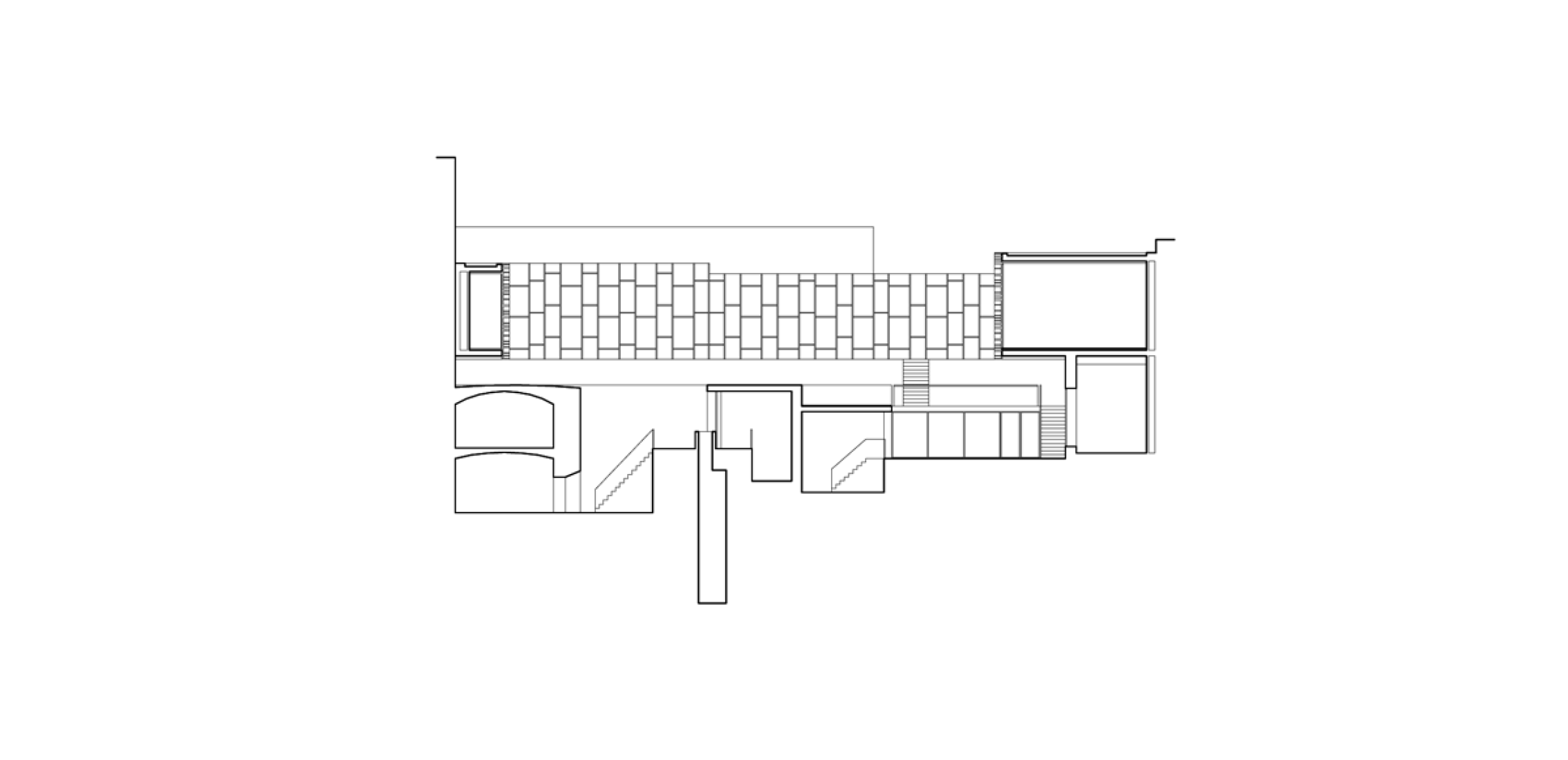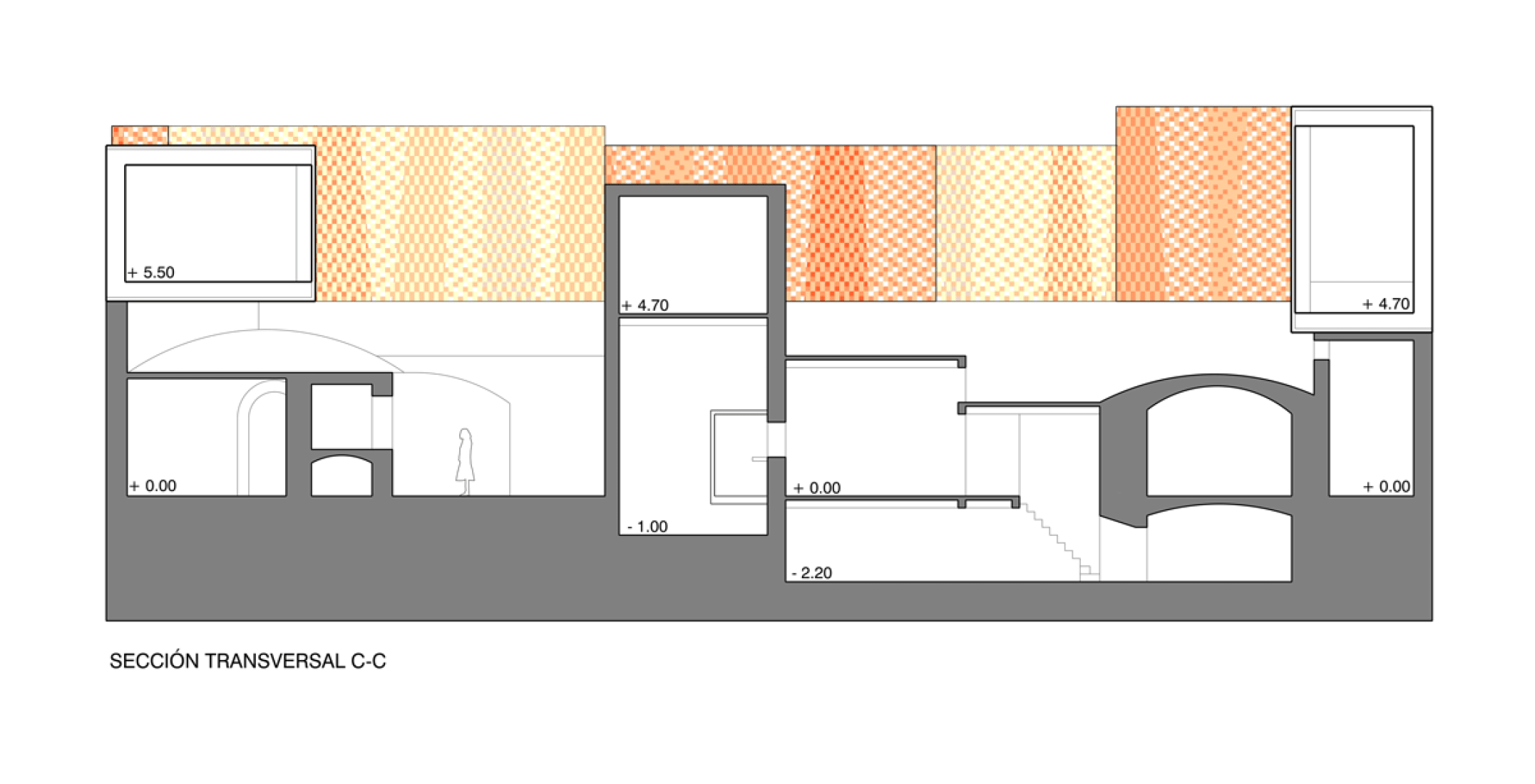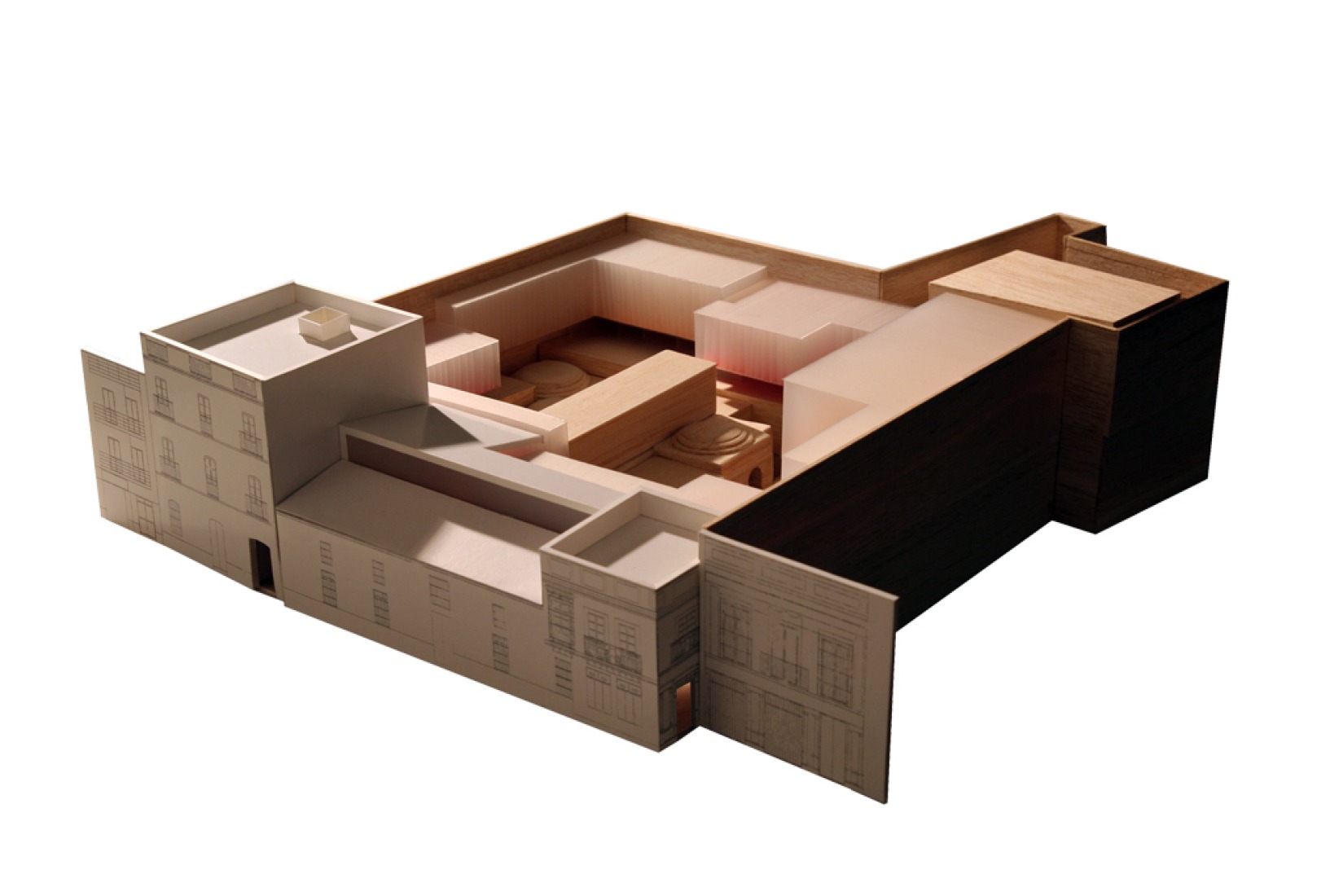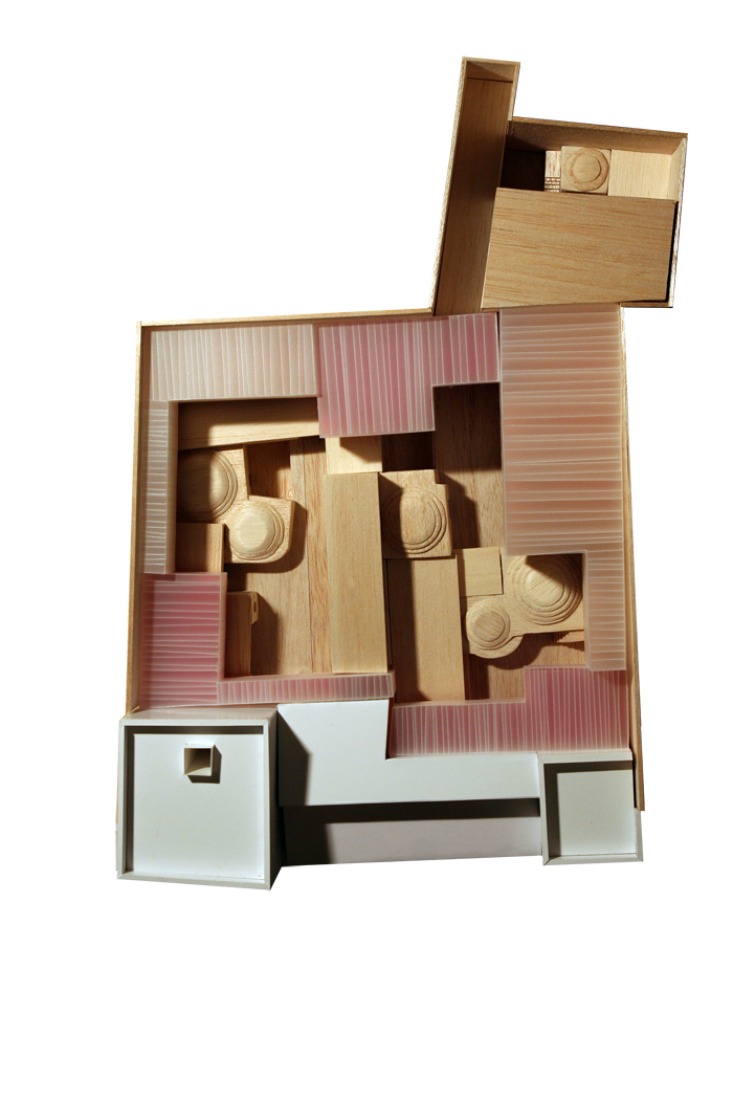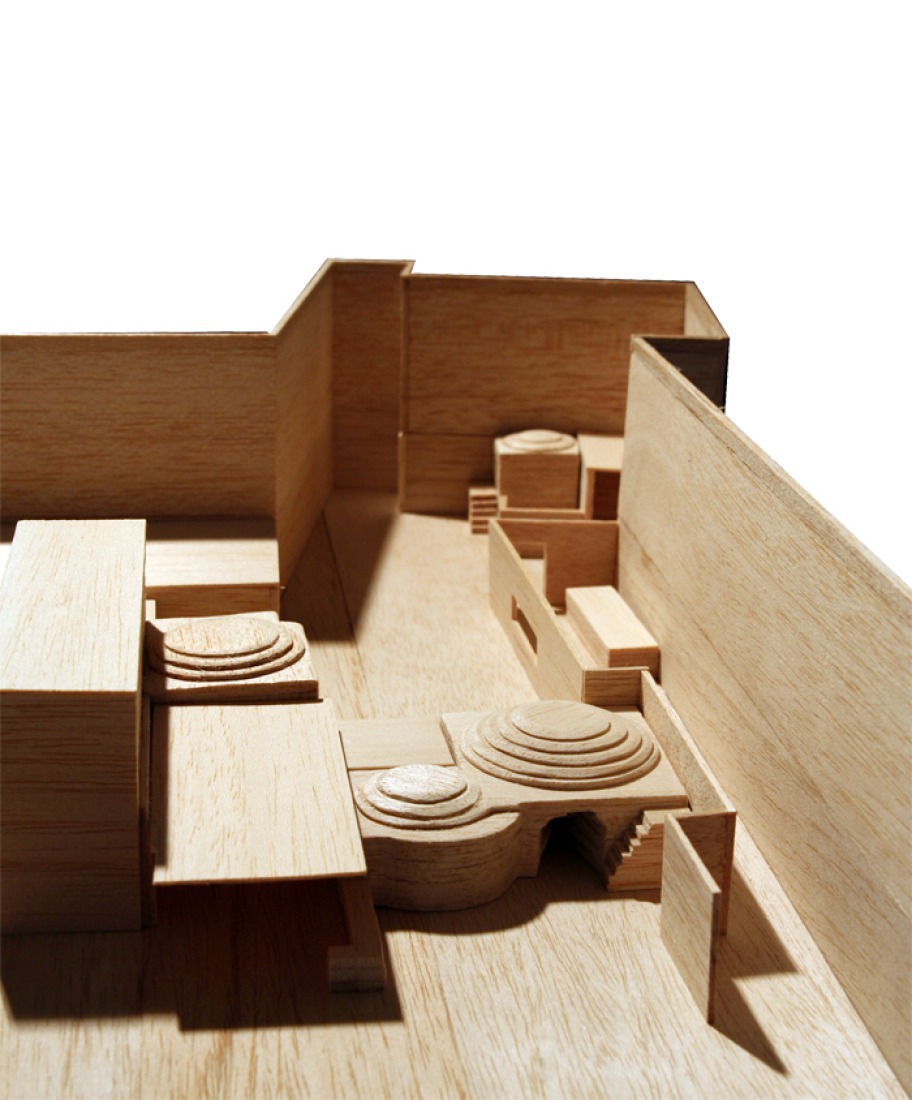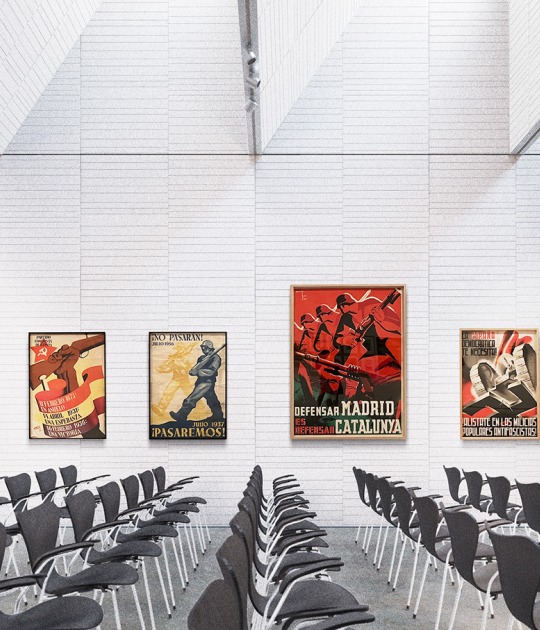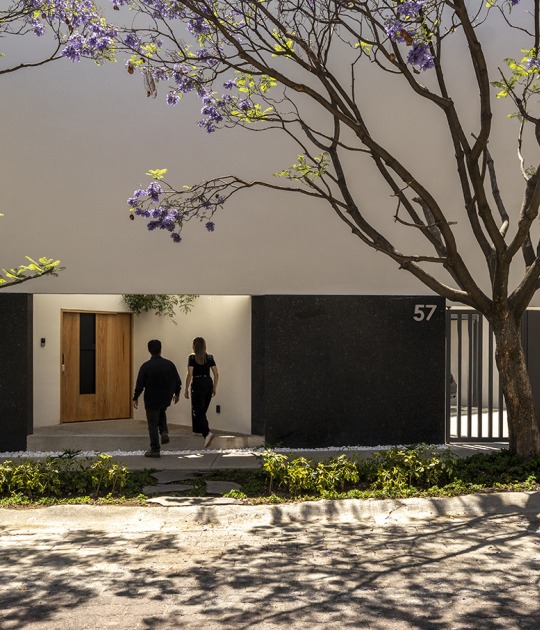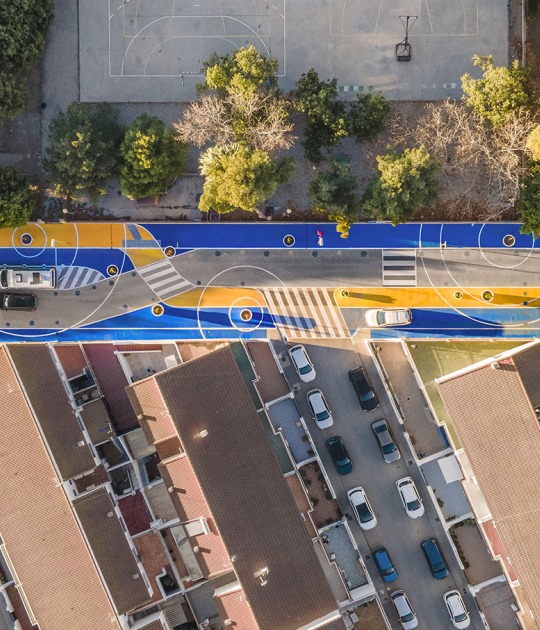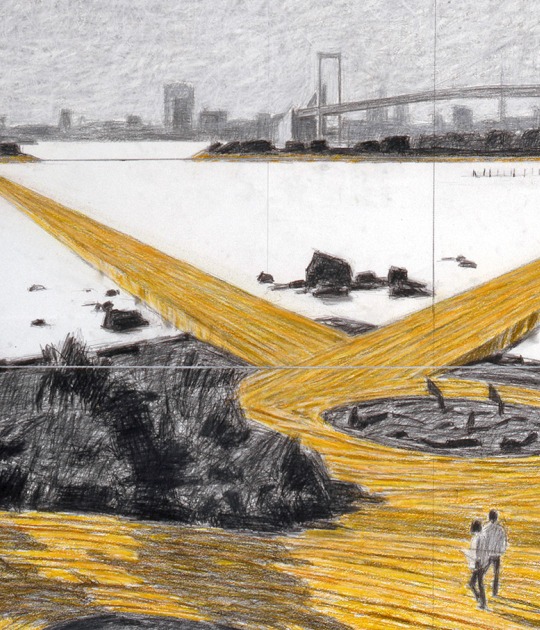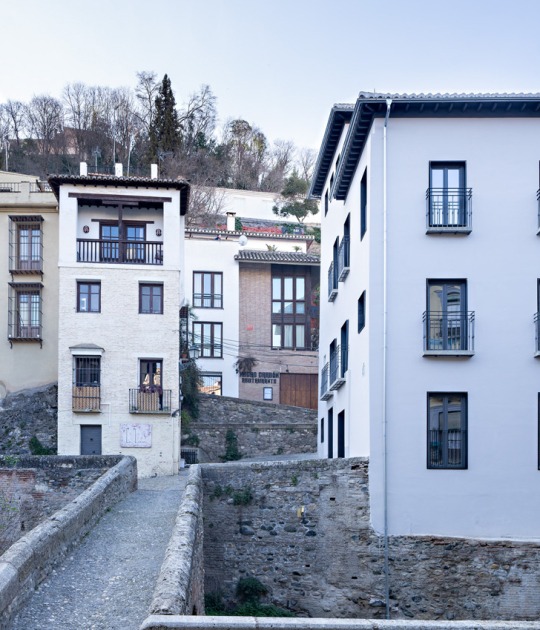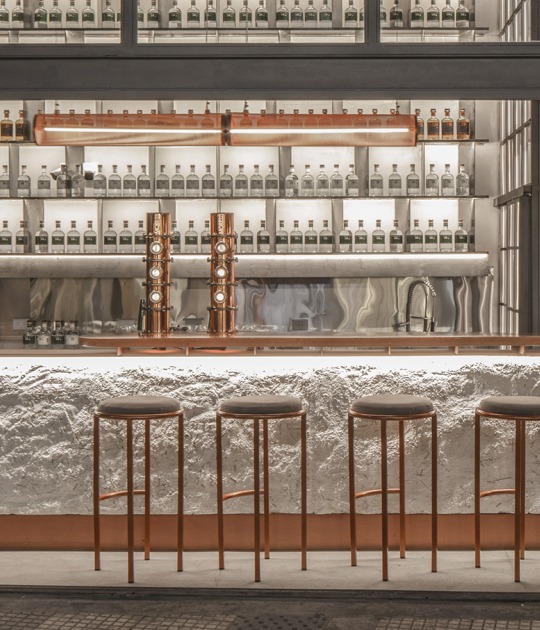The memory of the project by F6 Arquitectura
TRIANA CERAMIC MUSEUM
The project develops on an old pottery complex, an exhibition centre of ceramics, an interpretative centre on different tourist routes in the quarter of Triana, as well as different areas for the commercial and productive activities of the Santa Ana Pottery Factory.
TRIANA
In Seville, the fact of crossing the river and getting into Triana is like crossing an imaginary border where the logic of the generation of the historical city blurs. Triana is a quarter that displays itself at a small, close, almost domestic scale.
It is a complex urban area that mixes neighborsí yards, craft workshops, popular homes and other types of housing that originated in the mid-20th-century residential growth. In Triana, there is a smooth coexistence of long and everyday traditional craftwork and artistic activities such as pottery, flamenco, etc, which are strongly identified with the area and which are clearly reflected in the bustling streets. Triana is the place to enjoy simple everyday life. Ceramic production was one of the main crafts on which the development of Triana is based since its origin, existing thus a strong identity between the neighbourhood and the pottery activity.
We are in an area with enormous appeal for contemporary Architecture. In Triana we will not find new large public buildings, far from it we find places for alterations or infiltrations through slight modifications, allowing us to discover new possibilities in a diverse and heterogeneous urban configuration.
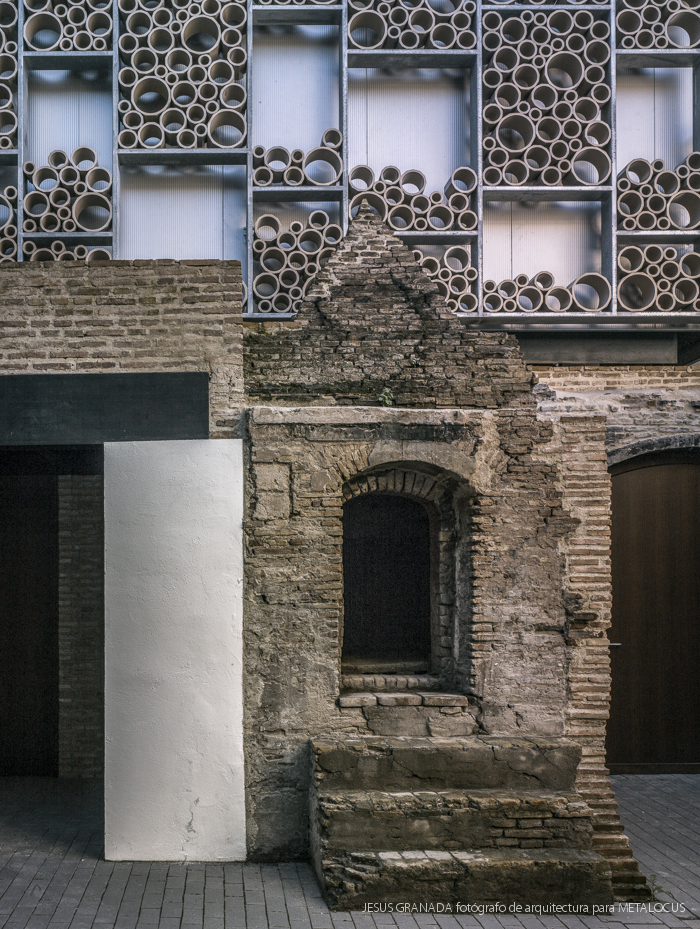
Inner vision. Triana Ceramic Museum by AF6 Arquitectos.. Photograph © Jesús Granada.
HERITAGE CONDITIONS.
From the outside, the complex shows a heterogeneous image that tells us a story inherently related to the culture of Triana (pottery industry, trade, and housing). It consists of two interconnected plots where there are three different buildings attached to each other with different facades on the street.
The first one provides access to the Center Ceramica Triana and is faced with unique advertising tiles of Ceramica Santa Ana. It constitutes the corner that overlooks Altozano Square, from which the Triana Bridge starts. The second one, is lower in height, with an industrial and more austere appearance and finally, the third one used to be a three-story building with an independent entrance from the street.
The old factory kept its production until the end of the 20th century. This fact has permitted that many of its elements are complete and located in their original site: seven firing kilns, a well, pigments mills, workshops and warehouses.
During archaeological works, remains of other 8 kilns, out of which the oldest ones were in use until the end of the 16th century, were found. Two of these kilns have been integrated into the project. The old factory is not visible from the outside; it is hidden behind the buildings which make up its urban image.
